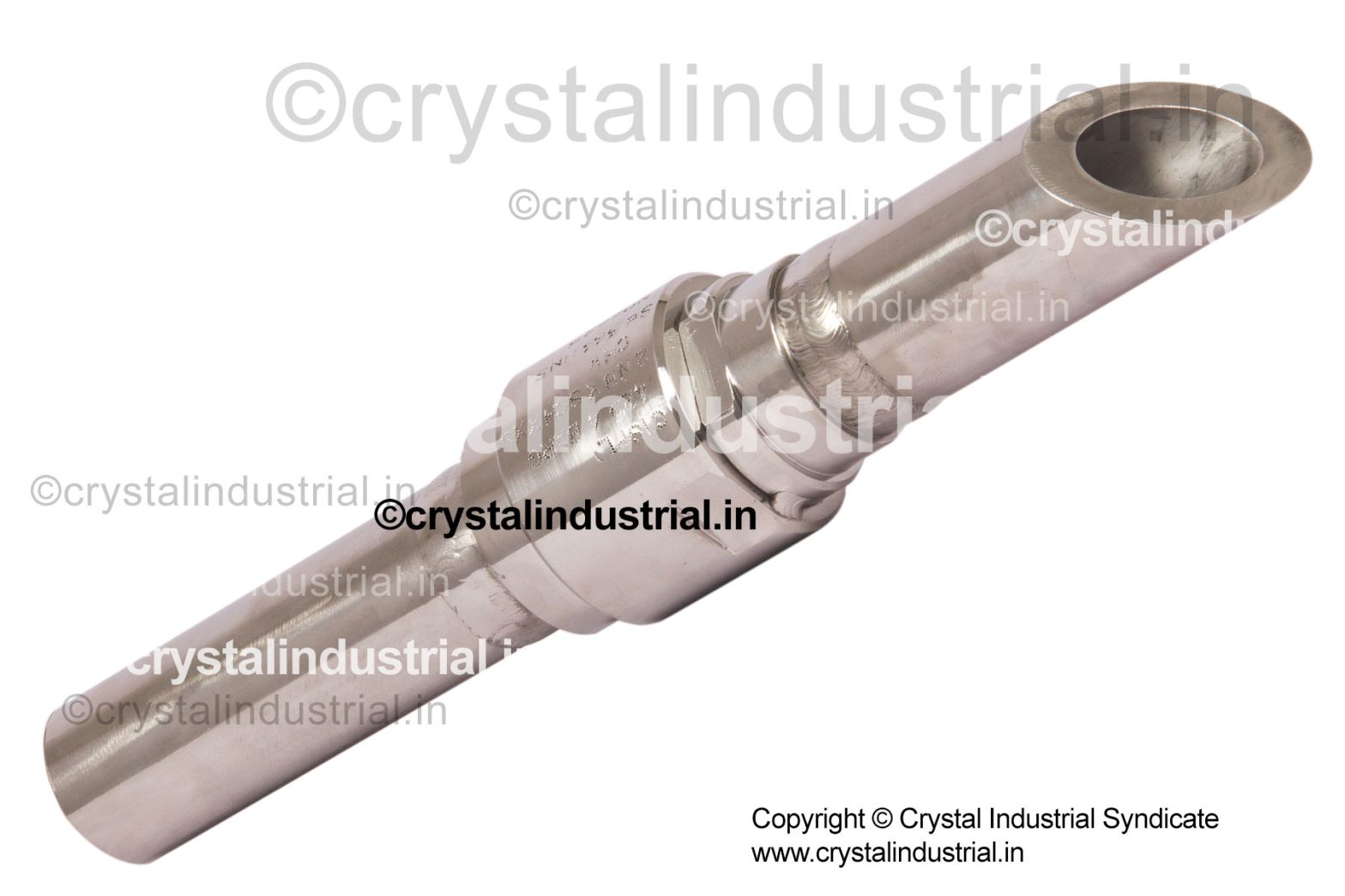Purpose of back pressure valve in chemical injection quills
The purpose of back pressure valves in chemical injection quills is to regulate the flow of fluid back into the chemical injection system, preventing contamination and protecting the system from overpressure. The valve helps maintain a consistent and safe pressure level, ensuring accurate chemical injection and protecting equipment from damage.
Types of back pressure valves
There are several types of back pressure valves used in chemical injection quills, including:
- Spring-loaded check valves
- Ball check valves
- Diaphragm check valves
- Pilot-operated check valves
- Globe valves
Each type of valve has its own advantages and disadvantages, and the best choice of valve depends on the specific application and operating conditions. Spring-loaded check valves are commonly used due to their simplicity and reliability, while ball check valves are often used for applications with higher flow rates and higher pressures. Pilot-operated check valves and globe valves are typically used for more specialized applications.
Spring-loaded check valves
Spring-loaded check valves are one of the most common types of back pressure valves used in chemical injection quills. They consist of a valve body, a spring, and a ball or disc that seals the valve. The valve opens when the pressure in the system exceeds the force of the spring, allowing fluid to flow through the valve. When the pressure decreases, the spring pushes the ball or disc against the valve seat, sealing the valve and preventing fluid from flowing back into the system.
One of the key advantages of spring-loaded check valves is their simplicity and reliability. They have few moving parts and require minimal maintenance, making them a popular choice for many chemical injection applications. They are also relatively inexpensive compared to other types of back pressure valves.
However, spring-loaded check valves are limited in their ability to regulate pressure and can be prone to leakage if the spring becomes worn or damaged. They are also limited in their ability to handle high flow rates, so they may not be the best choice for applications with high fluid velocity.
Overall, spring-loaded check valves are a good choice for many chemical injection applications, especially when simple, reliable, and low-cost solutions are desired.
Ball check valves
Ball check valves are another type of back pressure valve used in chemical injection quills. They consist of a valve body, a ball, and a seat. The ball is free to move within the valve body and seals the valve by resting against the seat. When fluid flows through the valve in the proper direction, the ball is lifted off the seat and fluid is allowed to pass. When the flow reverses, the ball falls back onto the seat, sealing the valve and preventing fluid from flowing back into the system.
Ball check valves are commonly used in chemical injection applications that require high flow rates and higher pressures. The ball design allows for larger fluid passages, reducing fluid turbulence and reducing the risk of valve damage. Ball check valves also have a fast response time and can effectively regulate pressure in the system.
One of the disadvantages of ball check valves is that they require more space than other types of back pressure valves. They also have more moving parts, which can make them more prone to wear and failure. Ball check valves can also be more expensive than other types of back pressure valves.
Overall, ball check valves are a good choice for chemical injection applications that require high flow rates and higher pressures, and where space is not a concern. They are reliable and effective at regulating pressure, but require more maintenance and are more expensive than other types of back pressure valves.
Contact us
Crystal Industrial Syndicate Pvt Ltd.
Telephone : +91-22-27563850 |
Telefax : +91-22-67939439
sales@crystalindustrial.in
Crystal Industrial Syndicate from India, makes a range of chemical injection quills for a variety of industrial processes. Our injection quills are manufactured in India and comply with the world’s most stringent certifications. Our products are installed around the world, from North America and Europe to Africa and the Middle East. Contact us to know more about how we can support your chemical injection quills requirements. Contact us
Copyright © 2023 by Crystal Industrial Syndicate Pvt Ltd. All rights reserved. www.crystalindustrial.in
